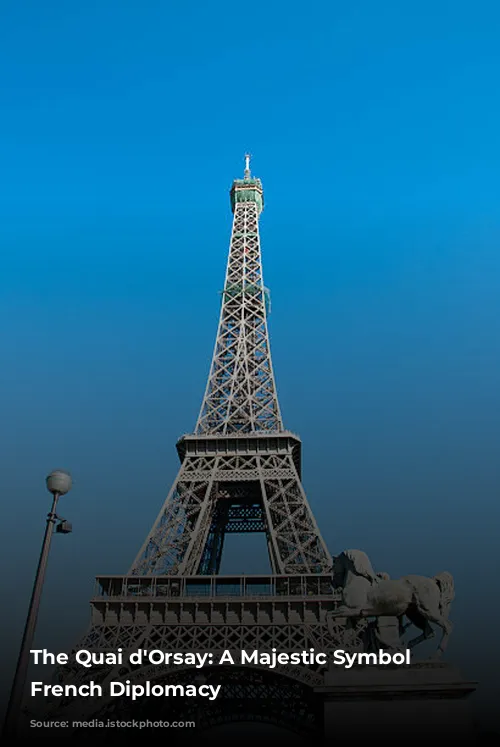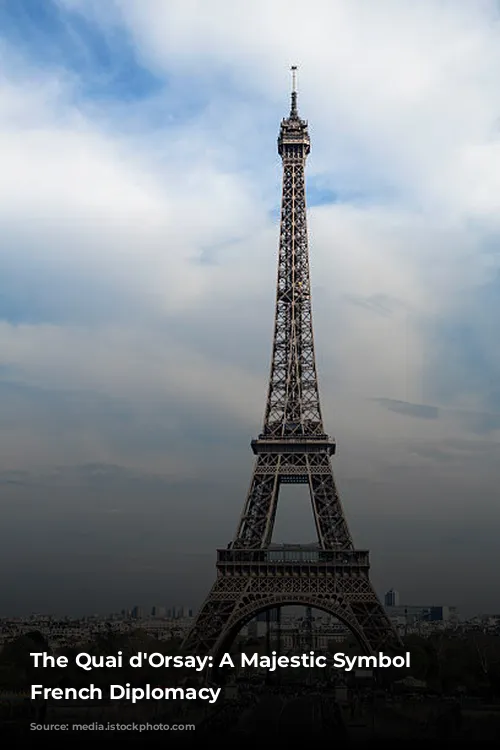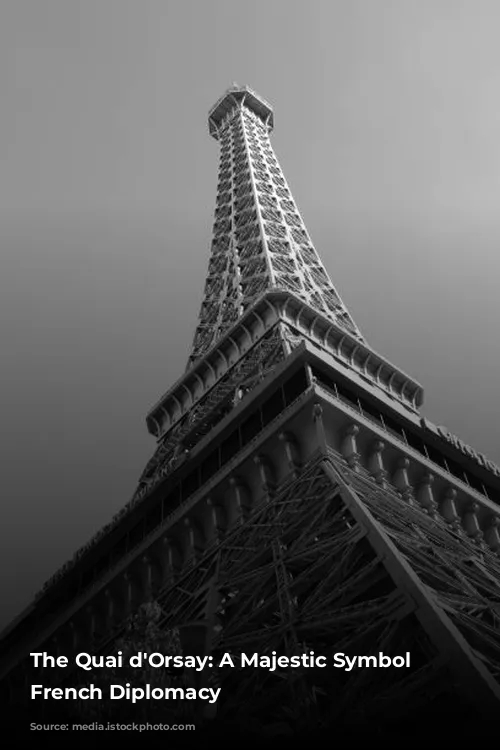The Quai d’Orsay, a stunning building on the banks of the Seine River in Paris, is not just a beautiful piece of architecture, but also the official residence of the French Ministry of Foreign Affairs. This impressive structure has stood as a symbol of French diplomacy for over 170 years, witnessing countless pivotal moments in world history.
A Long and Storied History
The story of the Quai d’Orsay dates back to 1795, when the Hôtel de Galliffet was assigned to the Ministry of Foreign Affairs. Although the building was returned to its original owners in 1820, the ministry’s presence in Paris continued to shift until 1844, when a decision was made to construct a dedicated official building for diplomatic activities.
This ambitious project, spearheaded by then Foreign Minister François Guizot, took shape under the direction of architect Jacques Lacornée. The first stone was laid in 1845 in the presence of Guizot, Lacornée, and Pierre Sylvain Dumon, Minister of Public Works. The construction, though briefly interrupted by the 1848 Revolution, was completed under the rule of Napoleon III in 1856.
A Symphony of Styles and Grandeur
The Quai d’Orsay was designed to impress, reflecting the prestige and importance of French diplomacy. Every detail, from the exterior sculptures to the opulent interior decorations, was meticulously planned.
The building boasts a fascinating blend of architectural styles, drawing inspiration from classical Antiquity, Renaissance, and classical periods, all seamlessly integrated within the predominant Napoleon III style. The royal bathrooms, however, were added in 1938, showcasing the Art Deco style, and showcasing the influence of luxury transatlantic liners.
A Witness to History
For over a century and a half, the Quai d’Orsay has been the setting for historic international negotiations. The Treaty of Paris (1856), which ended the Crimean War, and the Treaty of Versailles (1919), which marked the end of World War I, were both signed within its walls.
It was also in the Salon de l’Horloge, one of the Quai d’Orsay’s most recognizable rooms, that Robert Schuman, then Foreign Minister, delivered his famous declaration in 1950. This speech, considered to be the foundation of the European Union, cemented the building’s place as a symbol of not just French diplomacy, but also of European integration.

A Modern Face for a Timeless Institution
In 2018, plans were announced for a modernization and expansion of the Quai d’Orsay complex. Under the direction of architects Jean-Marc Ibos and Myrto Vitart, the renovation aims to streamline the ministry’s operations, creating a central hub that will house three of its key branches. This project will include a spacious glass-covered addition, incorporating modern workspaces, shared facilities, and improved access for visitors.
The Quai d’Orsay, with its rich history and architectural splendor, serves as a powerful reminder of France’s enduring role on the world stage. This magnificent building will continue to be a symbol of diplomacy, innovation, and progress, embracing both its history and its future.





